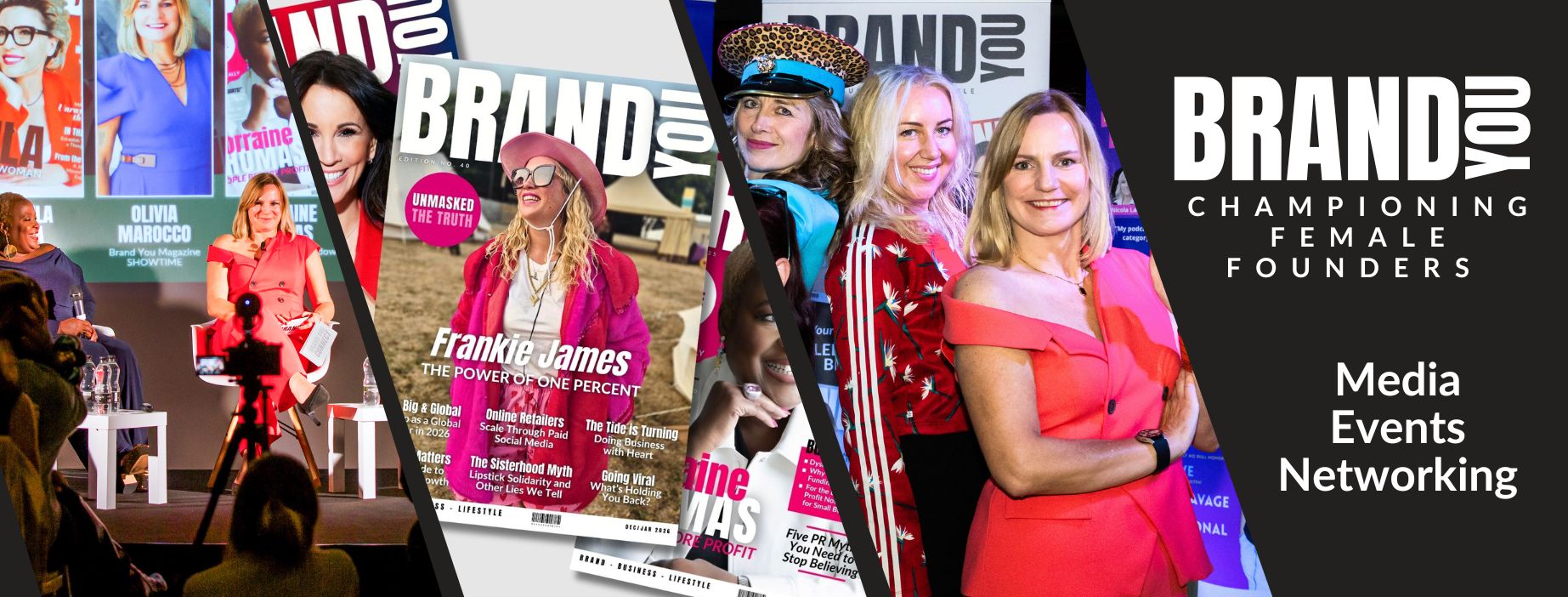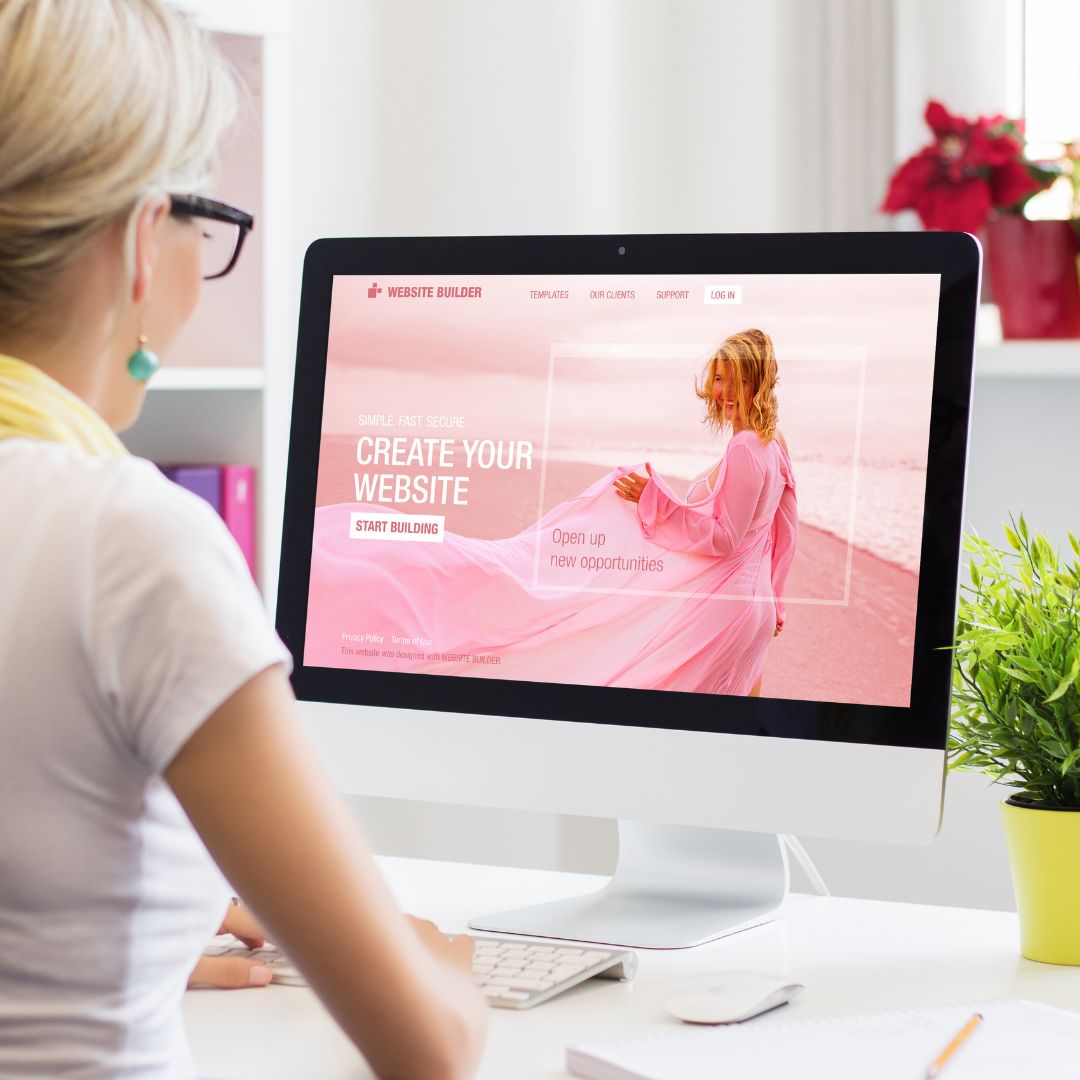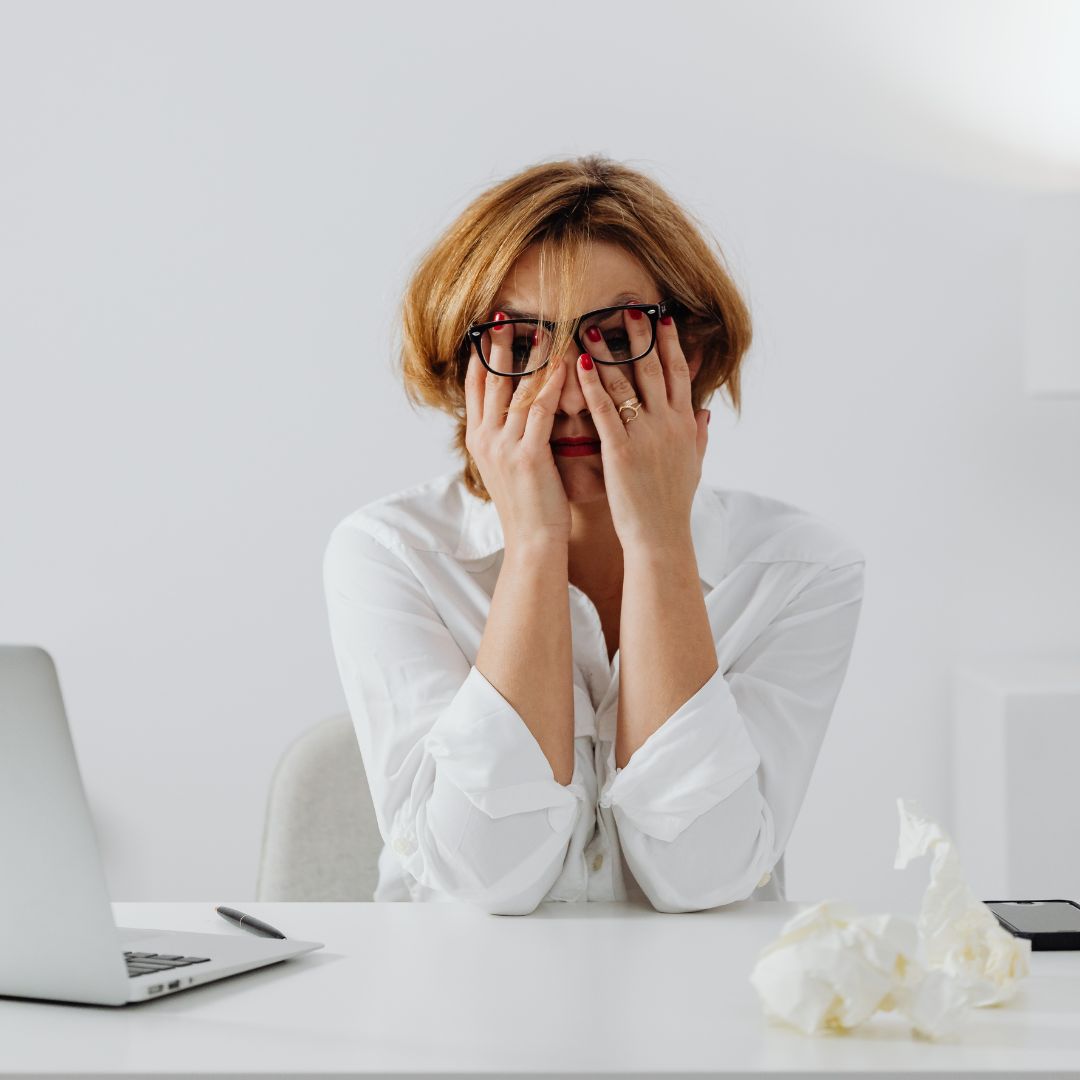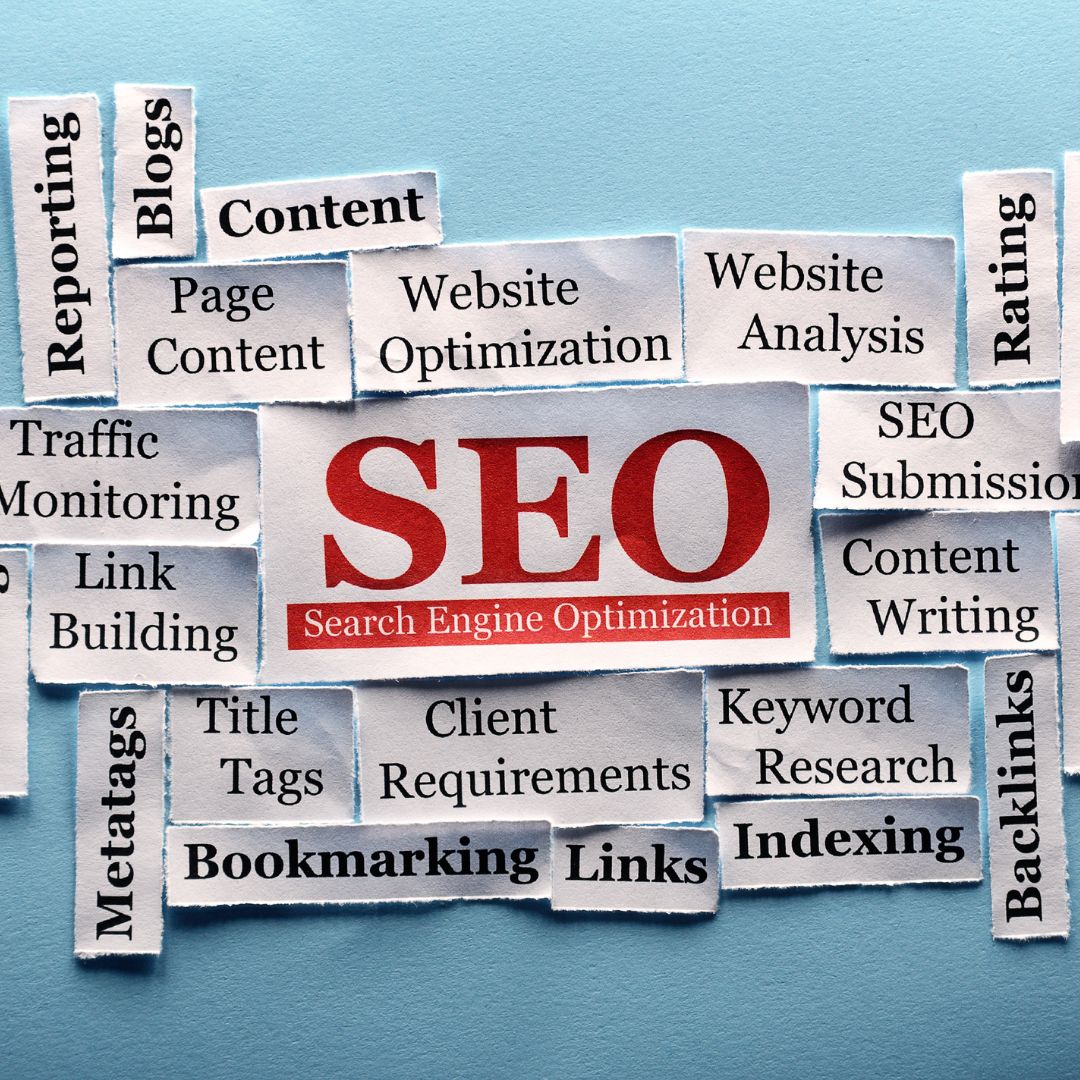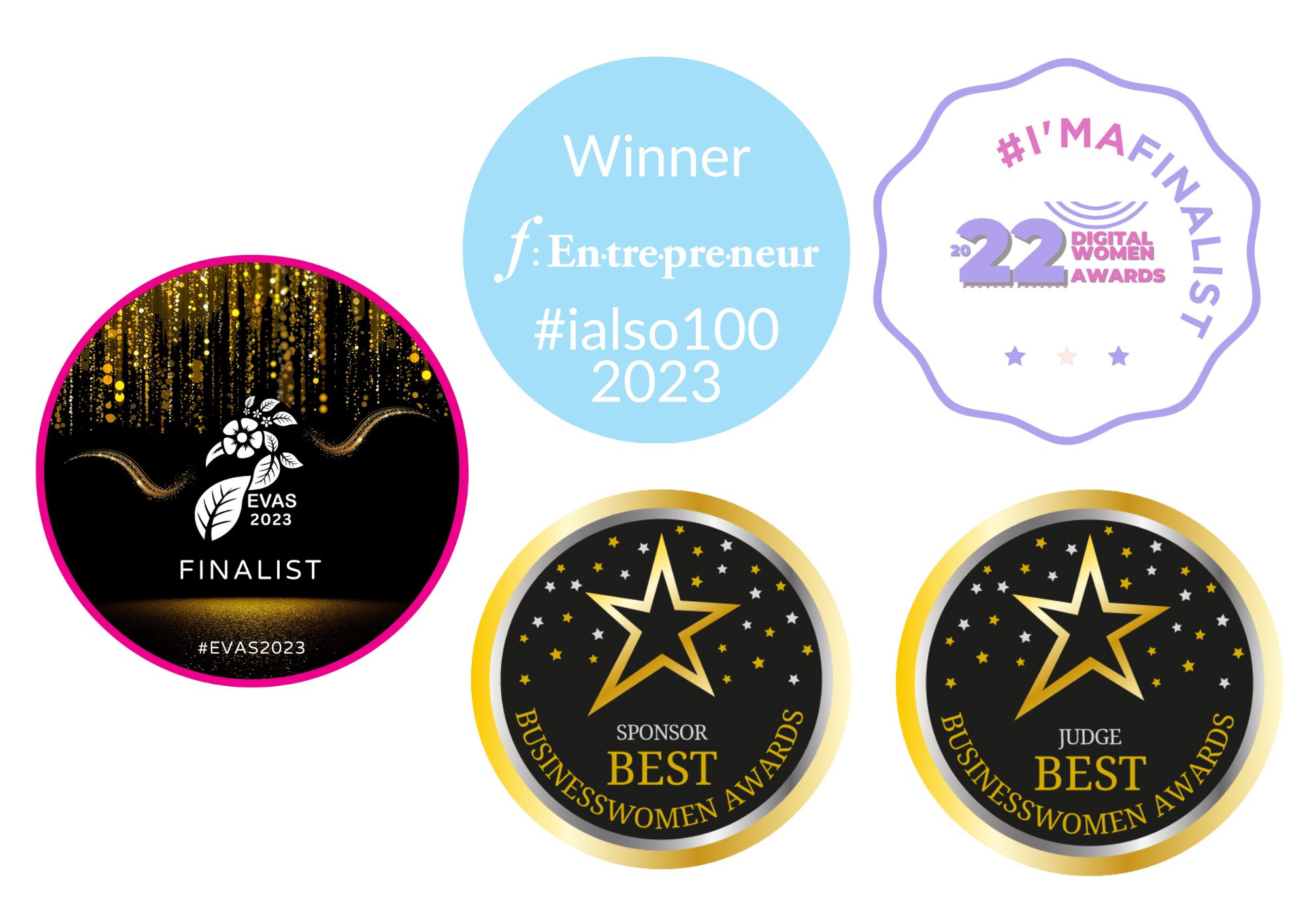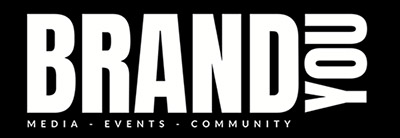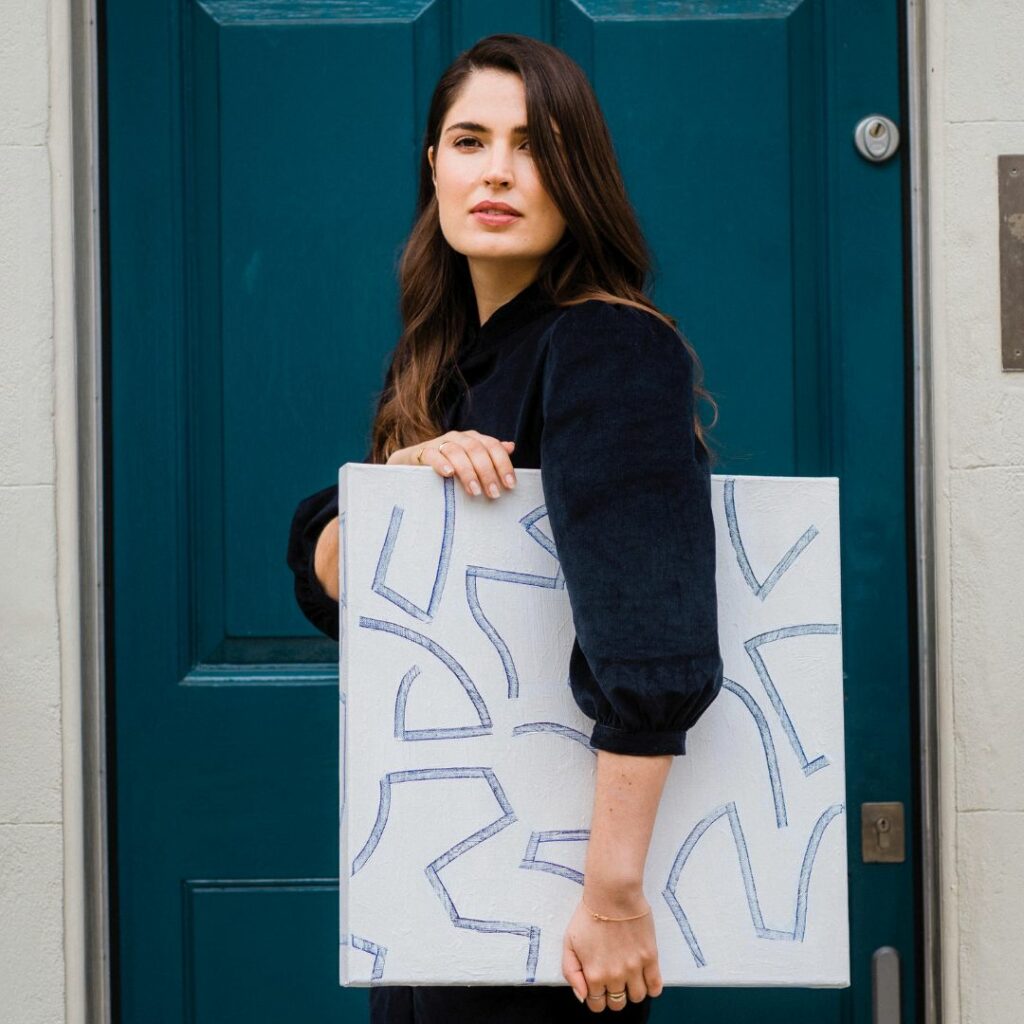
The Visual Detox by Marine Tanguy
How to Consume Media Without Letting It Consume You
Every single day, we consume 10,000 visuals. That’s so many images! And they travel much faster to our brain than sound. As such, they land in the most subconscious part of our brain: the amygdala. That’s why we don’t analyse this visual information and we just respond on affect when looking at them.
From everything that you read or hear in words, you will remember a mere 20% of it (I won’t take it personally that you will only remember 20% of this article!), meanwhile you remember 60% of what you see daily. That’s 6,000 visuals stored in your brain on a day-to-day basis. And that number, 10,000, is only increasing as we speak.
Each household in the West owns 7.3 screens which is due to double over the coming ten years. The same thing when it comes to our streets where in the US for instance, we count 370,000 billboards with 15,000 new ones being added every year.
“The higher the exposure to the arts, the happier our wellbeing.”
So what happens when we start to experience visual cognitive overload? Our brains could start to feel paralysed, frozen and unable to act. Or we could feel regularly emotionally triggered from feeling frustrated to angry or upset. Or we could go numb and just go along with it. There is also another problem with these 10,000 images: 99% of them are commercial content and yet we know of the link between our decreasing mental wellbeing and the overexposure to a high density of commercial imagery.
Researchers at Warwick University studied it for years, comparing thousands of participants and their exposure to a high density of commercial imagery. The more exposed they were, the lower their mental health was. We also know it’s the reverse when it comes to the exposure to artistic content. The higher the exposure to the arts, the happier our wellbeing. So we have decided to live in and work in a visual world that harms our mental health.
I write ‘we’ but it doesn’t apply to all of us. Finland has been elected for the seventh consecutive year as the happiest country in the world and guess what, they have a lower exposure to commercial visuals and a higher exposure to the arts. Perhaps that is the unlikely conclusion of my article here: we shall all move to Finland! If, like me, you think that Finland is an incredible country but that Finnish is a very hard language to master, then let’s continue with the argument.
There is another issue with these 10,000 images (and please don’t worry, I will also offer solutions throughout this article) – who gets to see them most? Let me explain. 4 out of 5 billboards in the UK are in working-class areas. It’s the same across the globe where low income areas have substantially more exposure to a high density of commercial imagery. It’s also the contrary when it comes to the exposure to artistic content.
“65% of us are visual learners, and the majority of us think in pictures.”
If our children are lucky enough to be born in a more privileged environment, they will be seeing more art on a day-to-day basis and at school. They also won’t experience the psychological barrier that people often report when they are made to feel that the arts are not for them. So currently, our visual world is harmful to the ones who are already very vulnerable in our society.
That’s what I wish to change with my book, The Visual Detox, published by Penguin. I believe our visual world to be a civic space and as such, we all have a right to it. More than that, I believe it’s a civic duty for everyone to get involved. The book is divided in three parts:
First is awareness. Pictures are not just cute and superficial, they shape us. Everyday, unless you are blind, you are being shaped visually by your environment.
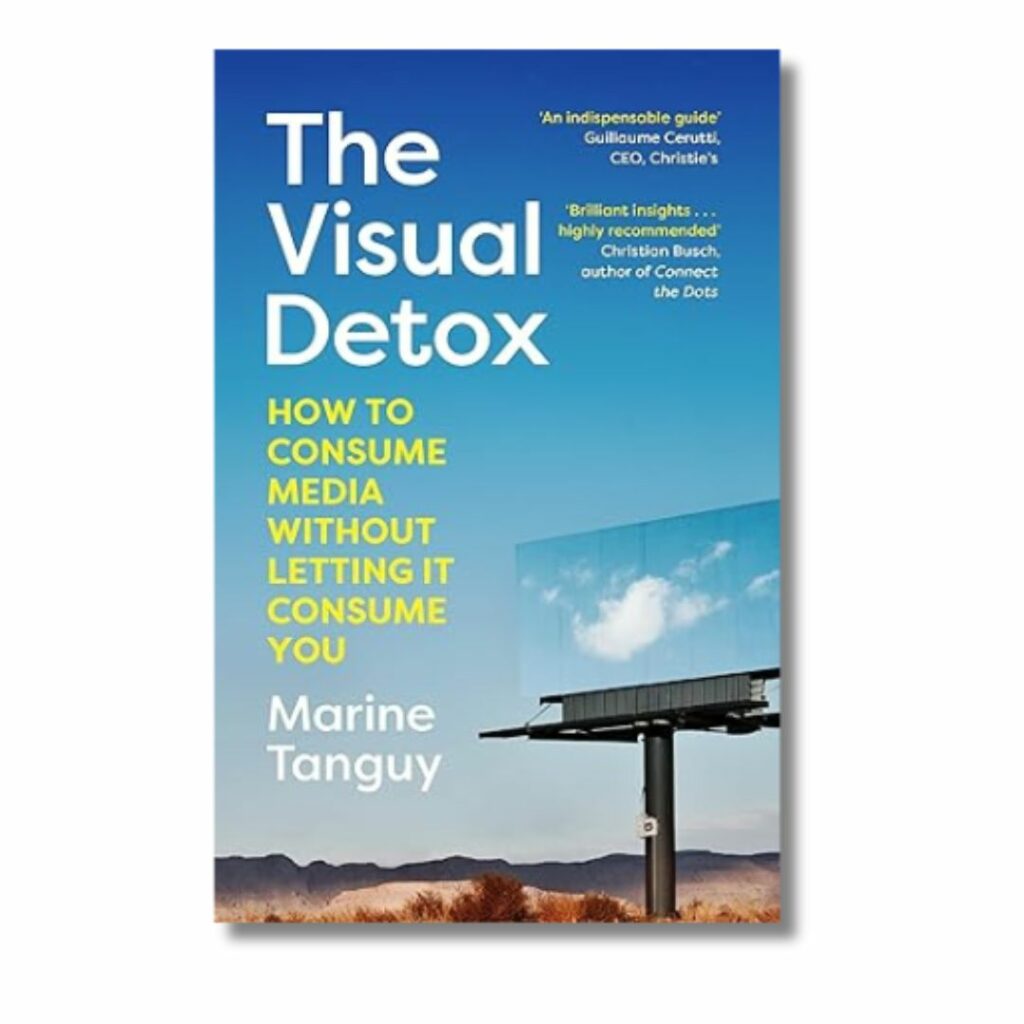
Second is visual literacy. 65% of us are visual learners, and the majority of us think in pictures. Yet we are never taught how to visually train our eyes to challenge what we are seeing daily. It’s even more critical today with the rise of visual misinformation such as deepfakes and AI imagery.
Third is participation. Once you learn to speak this language, you can truly embrace your visual environment. The majority of people, and perhaps you too, feel that they cannot shape what they see daily, that these images are imposed on them. We can change this.
The images you click on daily, the ones you choose to include in your powerpoint presentation or even the brands you buy from with the visual narratives that they endorse, are all elements of visual decision-making that you can challenge.
The list goes on. We can reshape a world with visual narratives that we wish to see and that inspire us. It’s also necessary as not only is our current visual world not inspiring and harmful to our mental health, it is also deeply unrepresentative.
97% of the public sculptures that tell our history as we commute to work are white men on a pedestal. Same when it comes to AI, gaming and advertising images where women are four times more likely to be depicted nude than men.
Participation allows us to reclaim control over the visual narrative we wish to see, and how we wish to be represented. It’s much needed.
I am excited for you to join our movement. Onwards X
Article published in Brand You Magazine – Edition 32

Marine Tanguy – founder of MTArt Agency / Speaker / Author
Marine is a French art entrepreneur and founder of the MTArt Agency in London. She has delivered two TEDX Talks, is a recipient of Forbes’ 2018 ‘30 under 30’ and recently published her first book, The Visual Detox.
Website: mtart.agency
Instagram: @marinetanguyart
_______________________________________________________________________________________________________________________________________________________________
